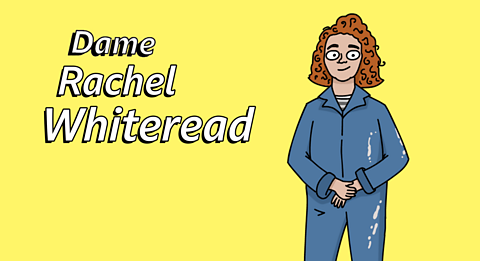Key facts about Yinka Shonibare
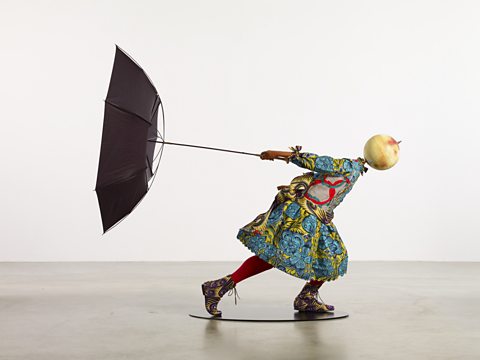
Yinka Shonibare is a British-Nigerian artist who lives and works in the UK. He was born in London in 1962.
He makes art using a variety of materials and methods including painting, sculpture, photography, installation artInstallation art is usually made with a specific place or space in mind. and film.
Shonibare makes work inspired by his own life and the experiences he has had. He also uses his art as a way to tell stories about the history between Africa and Europe.
Yinka Shonibare's art invites us to ask questions so that we can learn more about the way history is taught to us and find hidden stories and truths.

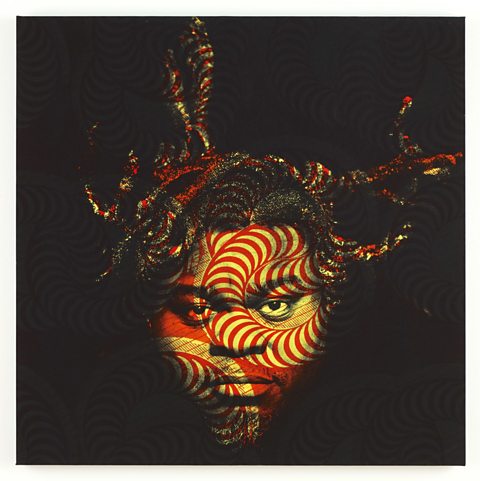
Yinka Shonibare's artworks
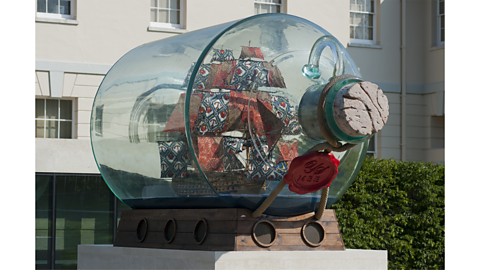
Image caption, This work called Nelson's Ship in a Bottle was made by Yinka Shonibare in 2009 for display on the fourth plinth (a stand or a base for statues or artworks to stand on) in Trafalgar Square, London. The work is a detailed copy of a ship called HMS Victory. Shonibare used the patterned fabric for the sails that he uses in many of his artworks. Fabric like this was made by Dutch traders and sold in West Africa. These fabric designs are now linked with ideas about African dress and identity. © Yinka Shonibare CBE. All Rights Reserved, DACS/Artimage 2023. Image courtesy Stephen Friedman Gallery, London. Photo: David Westwood
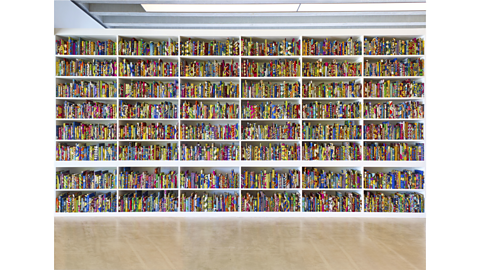
Image caption, Shonibare made an installation called The British Library as a celebration of the diversity of the British population. It is made up of 6328 hardback books. Each book is covered in the patterned fabric that Shonibare uses in many of his works. Many of the books have names printed on them in gold leaf. Many of the names are of immigrants (people who leave the country they are in to permanently live in another one) to the UK, some famous and some not so famous. © Yinka Shonibare CBE. All Rights Reserved, DACS/Artimage 2023. Image courtesy Stephen Friedman Gallery. Photo: Stephen White & Co.
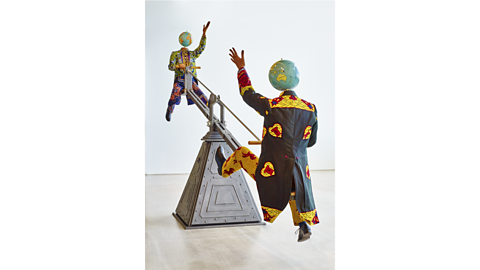
Image caption, This sculpture called End of Empire by Shonibare was made in 2016. He made it to mark 100 years since World War One. The two figures dressed in African fabric are balanced at each end and the sculpture moves slightly. Image: © Yinka Shonibare CBE. All Rights Reserved, DACS/Artimage 2023. Image courtesy Stephen Friedman Gallery, London. Co-commissioned by 14-18 NOW and Turner Contemporary, Margate. Photo: Stephen White & Co.
1 of 3
Watch: Make a Shonibare sculpture
Laura Hopkinson: Yinka Shonibare is a British-Nigerian artist. His work explores ideas around identity and culture.
Shonibare often builds sculptures using wire. This inner structure is called an armature.
Let's make a sculpture of some people celebrating.
You will need: pipe cleaners, tissue paper or scraps of fabric, sticky tape, coloured pens, string or wool, scissors, a board for the base.
First, I'll make bodies from our pipe cleaners - the armature. I'll fold it in half like this and twist a little loop at the top for a head.
Then I'll take another pipe cleaner, fold it in half, and wrap it around the body for arms!
I'm going to fold this bright tissue into a triangle, shape it into a dress and tie it around the body using some thread, like this.
Here's lots of people I've made wearing all kinds of different clothes! I'm going to pose them so they look like they're all dancing together.
So, here it is - a wire frame sculpture using colour, showing movement, and telling a story.
Activity
Did you know?

- Yinka Shonibare grew up in Lagos, Nigeria.
- He takes inspiration from the world. He once said I am a citizen of the world, which means he feels he belongs everywhere.
- Yinka has a physical disability that paralysesWhen someone cannot feel or control parts of their body. one side of his body so he has assistants to help him make his artworks.

Quiz
Play Art Gallery Rescue. gamePlay Art Gallery Rescue
Help Lily and Will rescue the art gallery!

SATs preparation resources. activitySATs preparation resources
Get ready for the SATs papers with videos, activities, quizzes and games to refresh your knowledge and practise your skills.

More on 3D art
Find out more by working through a topic
- count5 of 5

- count1 of 5
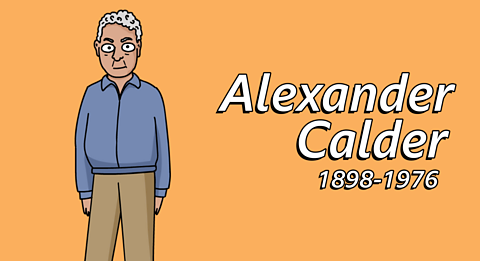
- count2 of 5
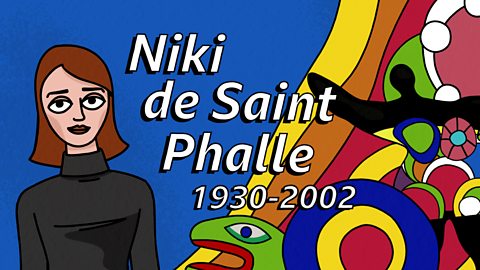
- count3 of 5
